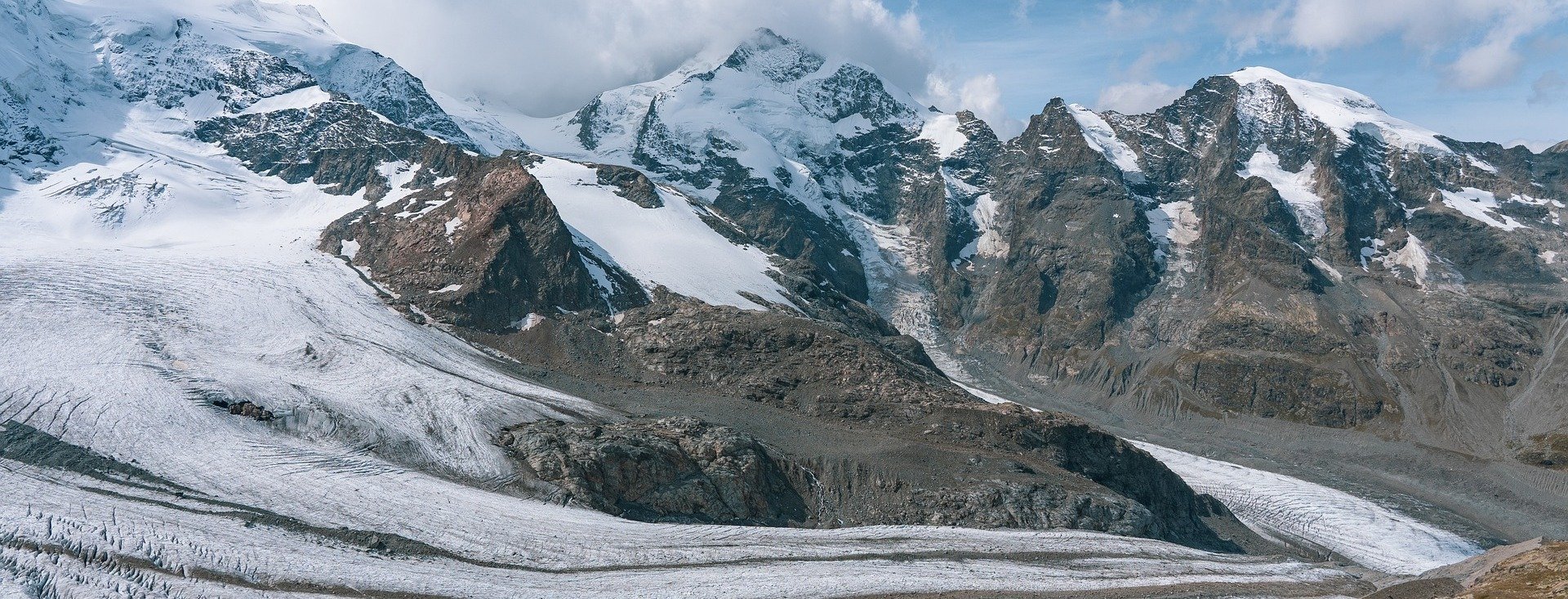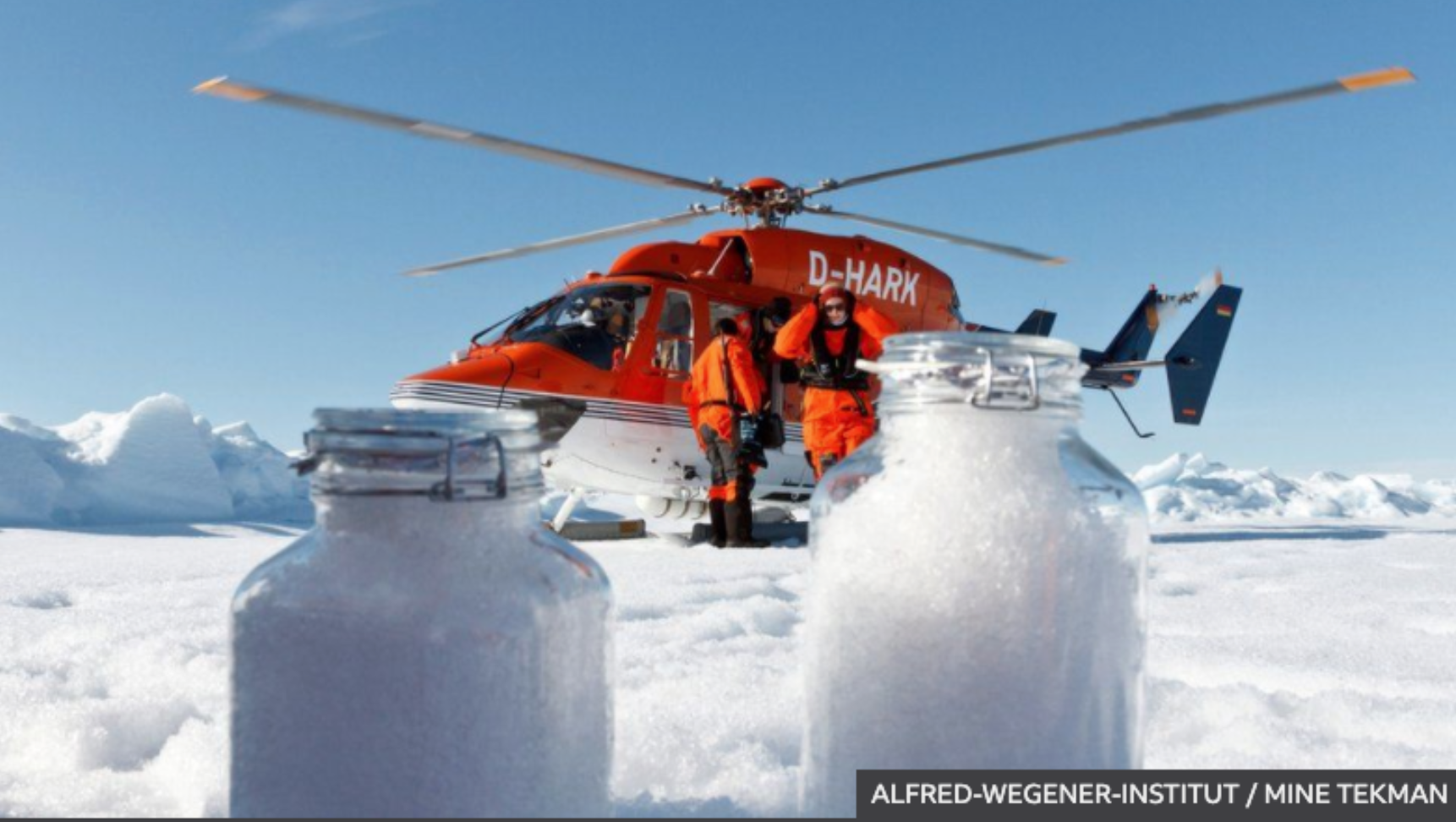
03.19.21
Understanding Microplastics' True Contribution to Snowmelt and Climate Change
By Miho LigareIt is well understood and studied that black carbon particles from gasoline, diesel fuel, coal, and other organics contribute to the melting of snowmelt and climate change. Black carbon is a contributor to warming because it is effective at absorbing light and heating its surroundings. When deposited in snow or ice, black carbon and other particles reduce the ability to reflect sunlight (albedo), causing an increase in the earth's temperature.
In past studies, calculating black carbon's impact on snowmelt and microplastic’s impact on snowmelt have not been separated. A new opinion article by Eos highlights that the long-term neglect of microplastics in snow has overestimated black carbon content and its melting effect. Microplastics may have a much larger impact on snowmelt than previously thought due to their pervasive nature.
Although there has only been one study looking at both microplastic and black carbon particles, it is thought that the mass of microplastic particles is more than black carbon. This study did not look at snow but found five times more microplastic particles than black carbon particles in water samples.

Current equipment used in laboratory tests does not distinguish between microplastics and black carbon. For example, both combustion experiments and optical absorption techniques do not do an adequate job separating microplastics and black carbon. Failing to separate them can cause an incorrect black carbon particle calculation, overestimating the impact of black carbon while vastly underestimating the impact of microplastics, which might be more effective at contributing to snowmelt. Due to the colorful nature of microplastics, they can absorb more light. Also, the weathering of microplastics changes them from being transparent to translucent, causing an increase in the absorption of light. This absorption decreases surface albedo, causing an increase in surface temperature. The Arctic and glaciated regions such as the Himalayas are particularly vulnerable to melting as a result.
The author recommends that scientists use different analytical methods to distinguish the two particles. Examples include filtering the melted snow with micrometer-sized pores to remove and capture microplastic particles, and centrifuge samples as the density of black carbon is heavier compared to microplastics. A better understanding of the individual impacts of microplastics and black carbon particles on snowmelt is necessary to grasp how they contribute to climate change differently.
This article highlights yet another connection between climate change and plastics. Plastic is harmful to the environment and our communities throughout its whole lifecycle. Although the problem may seem complex, the solution is quite simple - make less plastic. Learn more about how we can solve plastic pollution and climate change simultaneously here.
